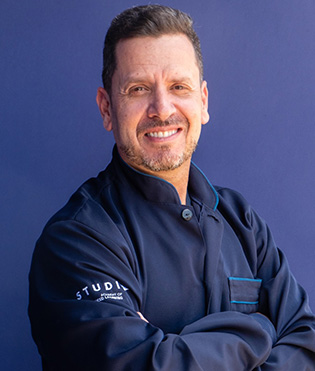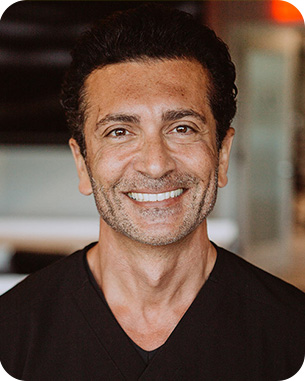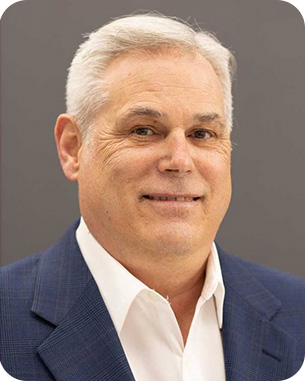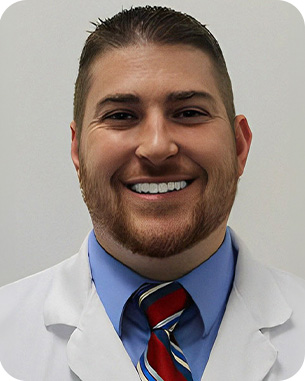Enhancing Precision in Implant Surgery with 3D Printed Guides

As dental technology advances, one of the most transformative tools in implantology is the 3D printed surgical guide. For trained dentists, this innovation represents a leap in precision, patient outcomes, and procedural efficiency. Custom-designed and patient-specific, these guides are revolutionizing implant placement by providing an accuracy level that was once unattainable. 1. Personalized Guides for […]
3D Printing in Dentistry: From Concept to Clinical Application
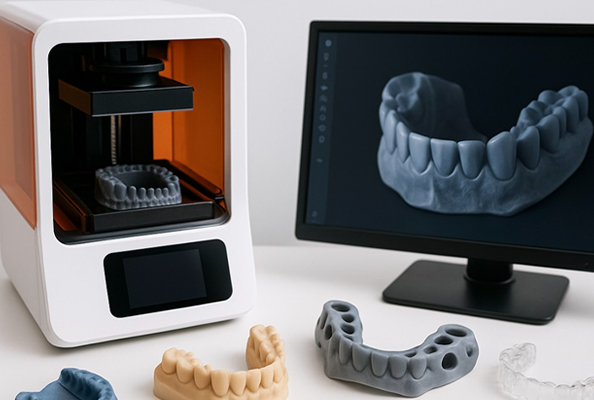
As dental technology continues to advance, one of the most transformative innovations in implantology has been the integration of Computer-Aided Design and Computer-Aided Manufacturing (CAD/CAM) systems. For trained dentists, CAD/CAM technology has revolutionized the way we approach dental implant procedures, offering faster, more precise, and highly customizable treatment options for patients. In this blog, we’ll […]
The Art of Suturing: Techniques for Implant Surgery

In implant surgery, achieving successful outcomes goes beyond the precise placement of the implant itself. Soft tissue management plays a crucial role in ensuring proper healing, minimizing complications, and securing long-term implant success. One of the most fundamental aspects of soft tissue management is suturing—a skill that requires both technical expertise and an understanding of […]
Flap Techniques: Balancing Aesthetic and Functional Outcomes
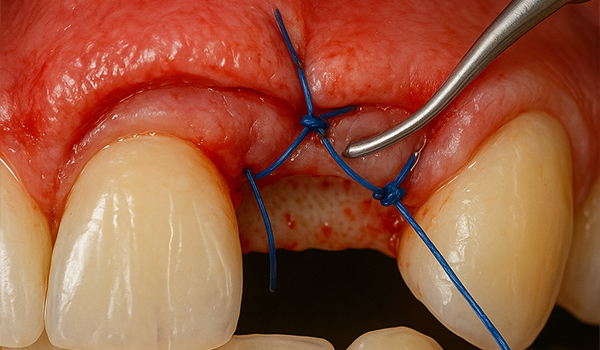
In dental surgery, flap techniques play a crucial role in achieving optimal aesthetic and functional outcomes, especially in periodontal and implant procedures. Whether you’re performing soft tissue grafting, periodontal surgery, or implant placement, the ability to raise and reposition a flap with precision can make all the difference in the healing process, aesthetic result, and […]
When to Use Different Flap Techniques in Implant Dentistry
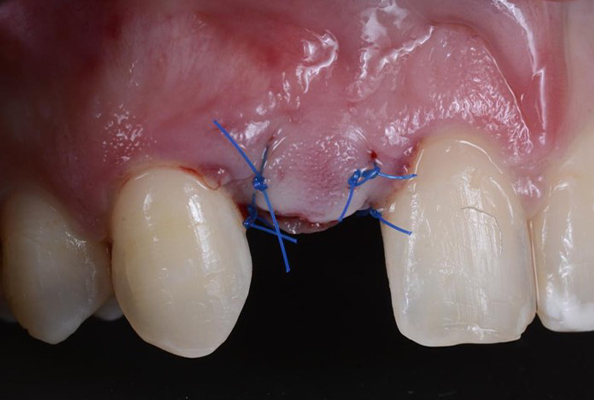
In implant dentistry, the design and technique of the surgical flap play a critical role in achieving predictable, successful outcomes. The decision of which flap technique to use depends on multiple factors, including the implant site, bone quality, soft tissue condition, aesthetic concerns, and the complexity of the surgical procedure. A well-designed flap allows optimal […]
Optimizing Flap Design for Implant Surgery Success

Flap design is one of the most critical aspects of implant surgery, as it directly affects the visibility, accessibility, and preservation of tissue during the procedure. Proper flap design can significantly influence the success of the surgery and the long-term stability of the dental implant. An optimized flap design enhances the surgeon’s ability to place […]
Real-World Applications of GBR in Dental Implantology

Pterygoid implants are a game-changer in implant dentistry, offering a viable solution for patients with posterior maxillary atrophy or insufficient bone for conventional implant placement. By anchoring implants in the pterygoid region—a dense area of bone near the sphenoid bone—clinicians can restore function and aesthetics without the need for invasive sinus lifts or bone grafting. […]
Mastering GBR: A Key Component in Successful Implant Dentistry

Guided Bone Regeneration (GBR) has become one of the cornerstones of modern implant dentistry, especially in the rehabilitation of patients with significant bone loss. Whether due to edentulism, periodontal disease, trauma, or congenital defects, the loss of bone structure often complicates implant placement, necessitating techniques such as GBR to provide the foundation for successful implant […]
When Are Zygomatic Implants the Best Option?

Zygomatic implants have become a key solution in the field of dental implantology for patients with significant maxillary bone loss, offering a treatment option where conventional implant techniques may not be viable. These implants anchor directly into the zygomatic bone (cheekbone) rather than the maxillary alveolar ridge, which may be too resorbed or insufficient for […]
When to Consider Remote Anchorage for Dental Implants

Dental implants have become the gold standard in the rehabilitation of edentulous patients, providing a long-term, functional, and aesthetic solution. However, in certain clinical situations, traditional implant placement can be challenging due to insufficient bone volume, compromised bone quality, or anatomical limitations. In these cases, remote anchorage offers a crucial technique to ensure optimal implant […]



